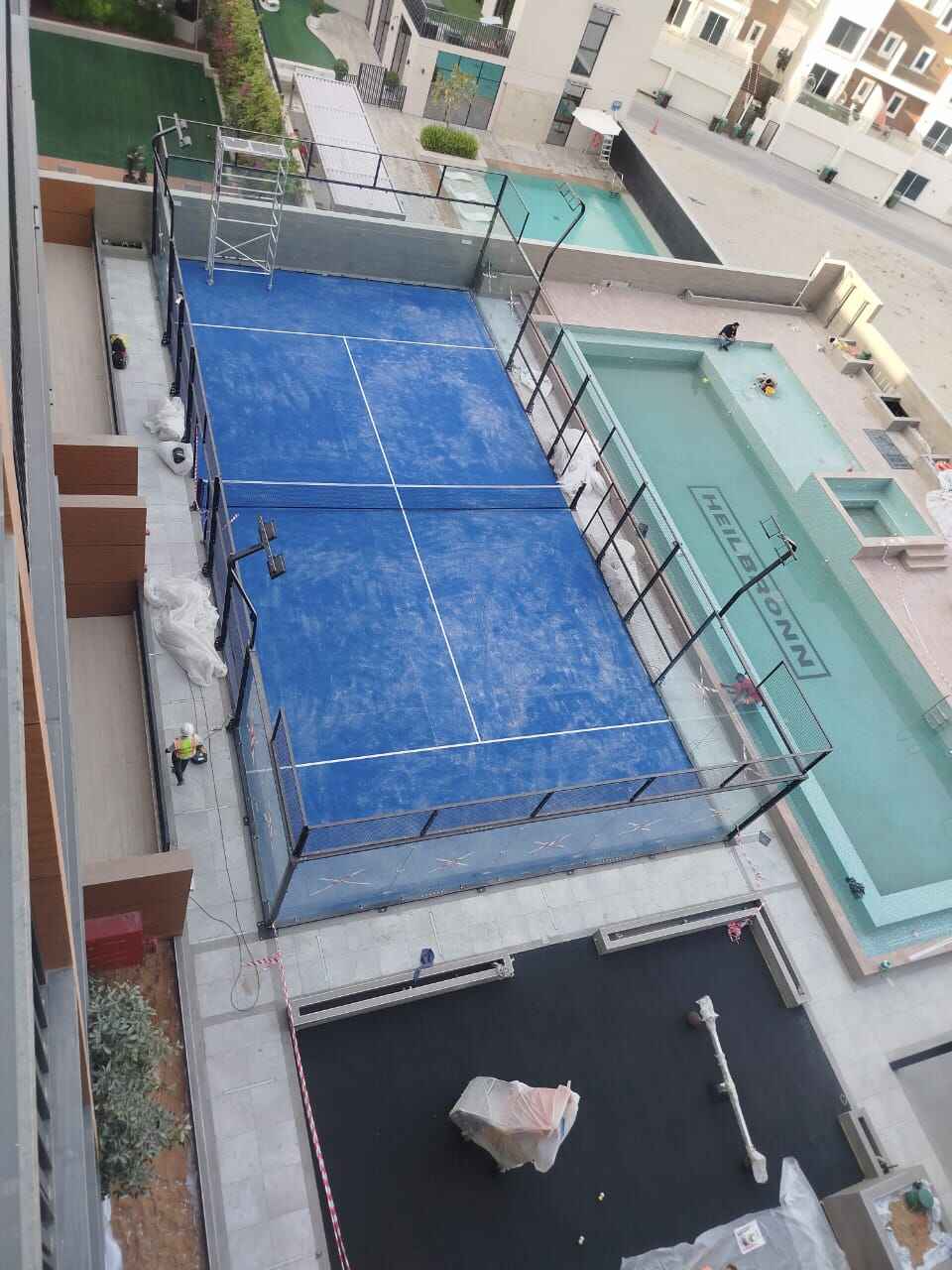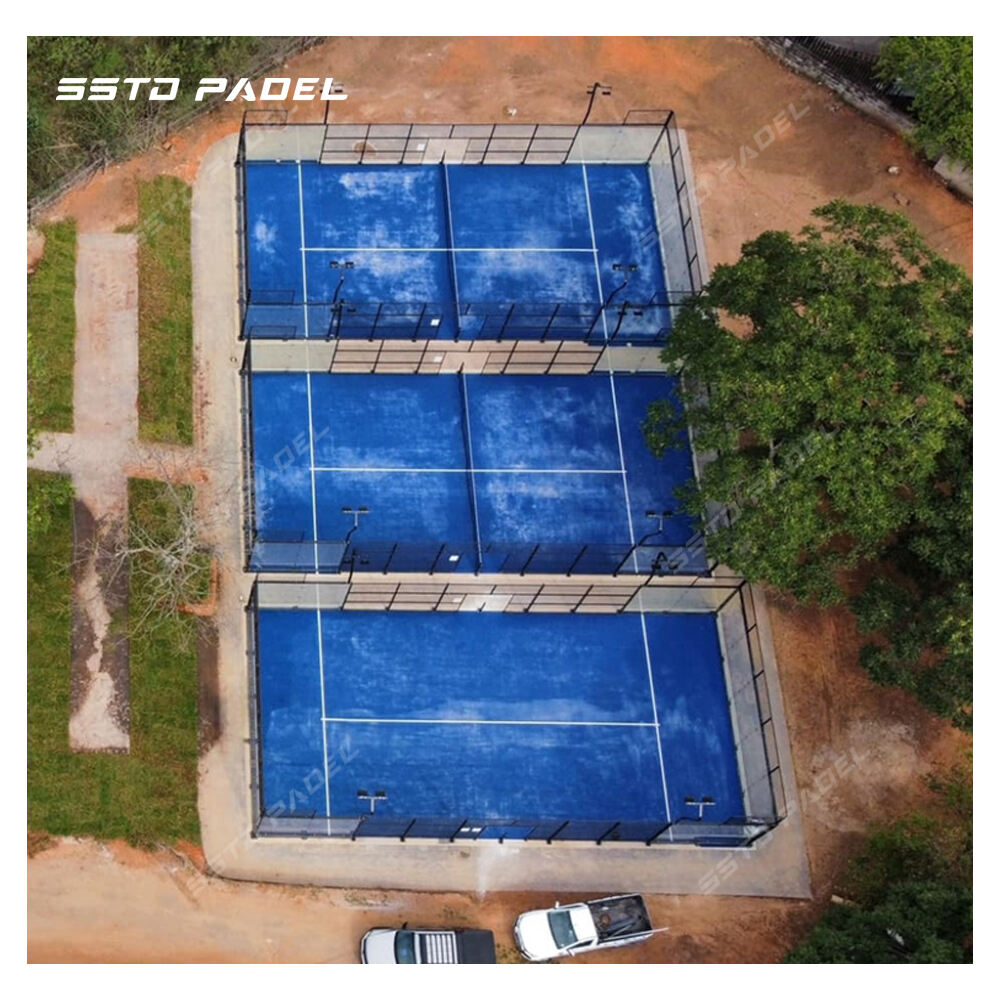Maximizing Profits Through Strategic Padel Court Investment
The sports and recreation industry is witnessing a remarkable transformation, with padel courts emerging as powerful revenue generators for facility owners. This fast-growing racquet sport, combining elements of tennis and squash, has captured the attention of sports enthusiasts worldwide and presents an exceptional business opportunity for forward-thinking facility managers.
As more people discover the addictive nature of padel, facility owners are recognizing the substantial financial benefits of incorporating padel courts into their existing sports complexes. The relatively compact court size, combined with high player engagement and quick learning curve, makes padel an attractive addition that can significantly boost your facility's bottom line.
Strategic Advantages of Adding Padel Courts
Space Optimization and Court Conversion
One of the most compelling aspects of installing a padel court is its efficient use of space. A standard padel court requires only 200 square meters, making it possible to transform underutilized areas into profitable playing spaces. Many facility owners have successfully converted unused tennis courts into multiple padel courts, effectively doubling or tripling their revenue potential from the same footprint.
The versatility of padel court installations allows for both indoor and outdoor setups, enabling year-round play regardless of weather conditions. This flexibility maximizes the return on investment and ensures consistent revenue streams throughout all seasons.
Diverse Revenue Streams
A padel court installation opens up multiple revenue channels beyond basic court rentals. Facility owners can implement tiered membership programs, organize regular tournaments, and offer professional coaching services. The social nature of padel also encourages group bookings and corporate events, providing additional income opportunities.
Many successful facilities have created padel leagues and social clubs, fostering a community atmosphere that drives regular participation and sustained revenue. The sport's growing popularity also attracts sponsors and partnerships, further enhancing the financial potential of your investment.

Financial Analysis and Return on Investment
Initial Investment Considerations
While the upfront cost of a padel court installation may seem substantial, the return on investment often exceeds expectations. The construction costs typically range from $30,000 to $45,000 per court, including the essential glass walls, artificial turf, and lighting systems. However, the durability of modern court materials ensures minimal maintenance costs and a long operational lifespan.
Smart financing options and phased installation approaches can help manage the initial investment while allowing facilities to test market demand and scale accordingly. Many facility owners report breaking even within 18-24 months of operation, depending on local market conditions and pricing strategies.
Operational Revenue Projections
A well-managed padel court can generate impressive revenue through various streams. Standard court rental rates typically range from $30 to $60 per hour, with peak times commanding premium rates. With proper scheduling and marketing, a single court can accommodate up to 8-10 hours of play daily, translating to substantial monthly revenue.
Additional income from coaching sessions, equipment rentals, and tournament fees can increase the total revenue by 30-40%. The social aspect of padel also drives secondary spending on food, beverages, and pro shop items, contributing to overall facility profitability.
Marketing and Community Building
Targeted Promotion Strategies
Successful padel court facilities implement comprehensive marketing strategies to attract and retain players. Social media campaigns, partnerships with local businesses, and introductory offers help create awareness and drive initial traffic. The visual appeal of padel makes it highly shareable on platforms like Instagram and TikTok, naturally generating organic promotion.
Creating engaging content around player success stories, tournament highlights, and coaching tips helps build an active online community. Email marketing campaigns keep members informed about upcoming events, special promotions, and facility updates, ensuring consistent engagement.
Community Development Initiatives
Building a strong padel community is crucial for long-term success. Regular social events, friendly tournaments, and skills workshops create a welcoming atmosphere that encourages player retention. Implementing a buddy system for newcomers and organizing mixed-level games helps integrate new players into the community.
Partnerships with local schools and corporations can establish steady player pipelines through structured programs and corporate wellness initiatives. These relationships often lead to long-term contracts and predictable revenue streams.
Frequently Asked Questions
How much space is needed for a professional padel court?
A standard padel court requires approximately 200 square meters (20m x 10m) of space. This includes the playing area and necessary safety margins around the court. The compact size makes it an efficient use of facility space compared to traditional tennis courts.
What is the typical maintenance cost for a padel court?
Annual maintenance costs for a padel court are relatively low, typically ranging from $1,500 to $2,500. This includes regular cleaning, artificial turf maintenance, and occasional repairs to the glass panels or lighting systems. The durability of modern court materials helps minimize ongoing maintenance requirements.
How quickly can a facility expect to see returns on a padel court investment?
With proper management and marketing, most facilities achieve break-even within 18-24 months of operation. Factors affecting the return on investment include location, local market demand, pricing strategy, and the effectiveness of promotional activities. Many facilities report positive cash flow within the first year of operation.

